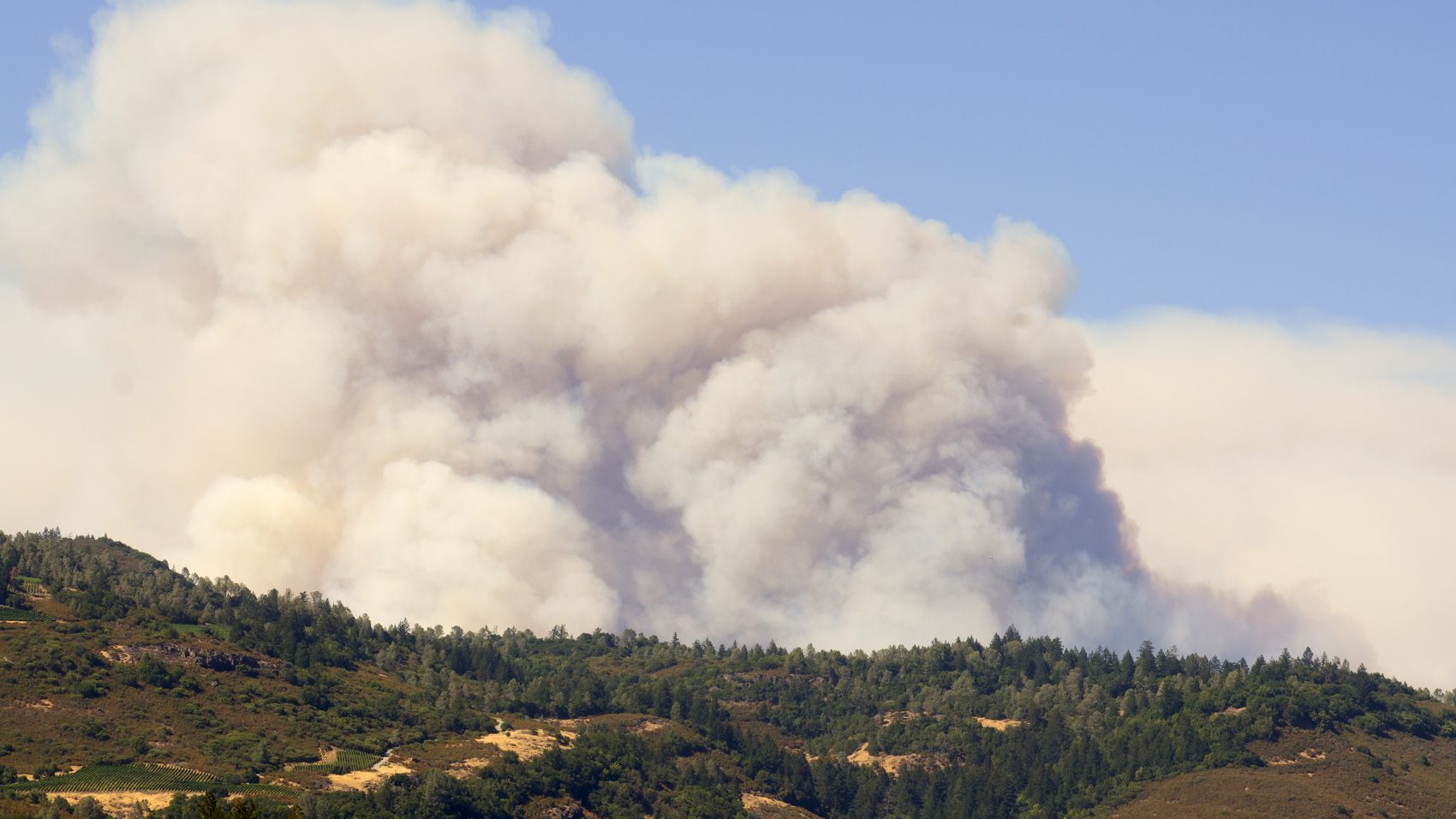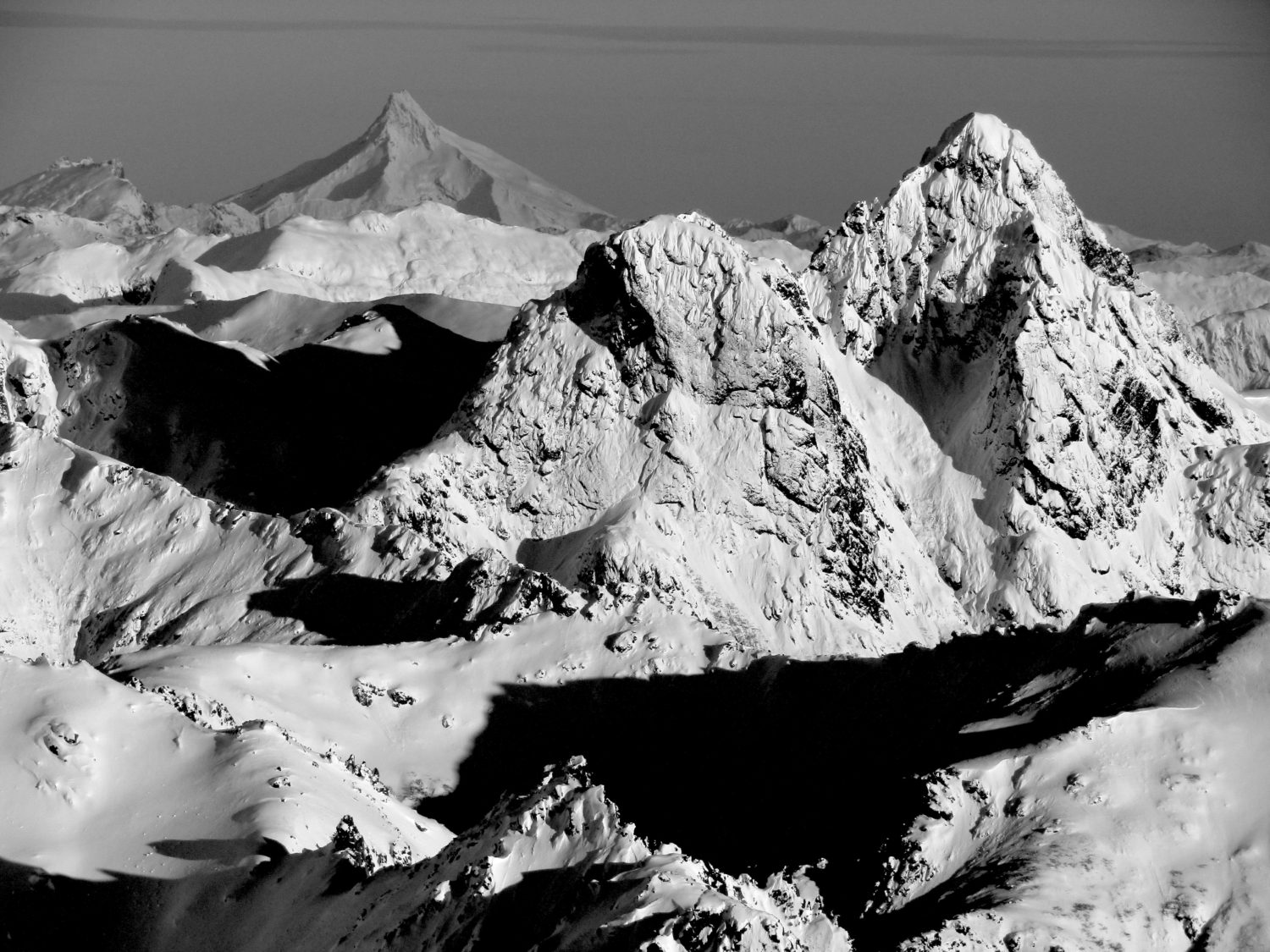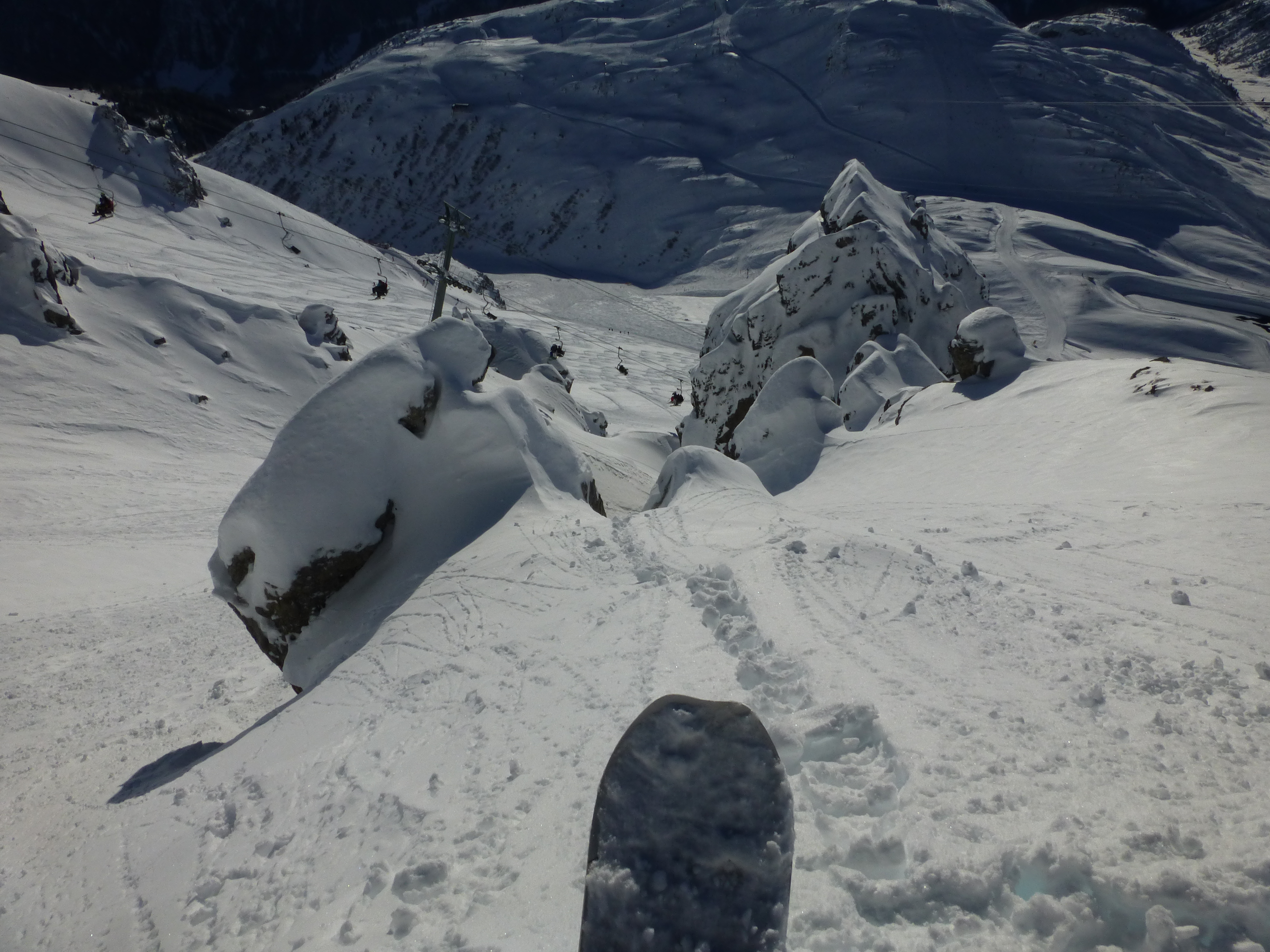
Year after year, it seems like wildfire season is a perennial experience shared by millions in the Western United States. Millions upon millions of tons of smoke and ash drift into the atmosphere, causing hazy skies, electric red sunsets, and stiflingly poor air quality. However, what happens to this smoke? Does it circulate in the atmosphere forever? Does it magically vanish?
To understand the life cycle of atmospheric smoke, we must first examine the composition of what wildfire smoke actually is. Wildlife smoke is a mixture of large ash particles, water vapor, gases, and many fine, minuscule particles. The larger ash particles will typically fall out of the mixture fairly early into its life cycle, which is why areas that see high smoke concentrations report layers of ash depositing on outdoor surfaces.

After a few days, the smoke mixture is mostly gas and ultra-fine particles, known as PM2.5 particles, which is the primary health concern associated with fire smoke. PM2.5 pollutants can work their way deep into our lungs and can even permeate our bloodstream.
The smoke is at the whims of the weather and can be transported by atmospheric winds for thousands of miles around the globe. This year, smoke from fires in the Western US made its way all the way to Europe. Last January, smoke from the devastating Australian wildfires drifted all the way to Argentina, some 7,500 miles to the East (seen below).
Today, #GOESEast saw more #smoke from the #AustralianBushFires over the southern regions of #SouthAmerica as it makes its way across the #SouthernHemisphere.
More real-time imagery: https://t.co/SSfXaZucxq#Australia #Chile #Argentina #Uruguay #AustralianFires #BushFires #Fires pic.twitter.com/IKx2qctO3Y— NOAA Satellites (@NOAASatellites) January 7, 2020
As the smoke drifts around the globe, it can flow into storm systems and convective zones, dragging the smoke out of the atmosphere in rain. The smoke-infused rain falls into the ocean or on land, where nutrients like nitrogen can actually fuel plankton and plant growth.
After 7-10 days, most of the visible pollutants are carried back down to the surface, where they originated from. However, a large portion of the original wildfire smoke mixture is comprised of carbon dioxide. This carbon dioxide can find its way into the upper atmosphere, where it can endlessly circulate without being disposed of by precipitation. The result is a significant increase in Earth’s carbon dioxide concentration, which, as we all know, is extremely detrimental to the ongoing climate crisis.

Wildfires are a double whammy for the climate. On the one hand, you have millions of tons of carbon dioxide being pumped into the atmosphere, which causes the planet to continue to warm faster and faster. On the other hand, our carbon collectors and carbon sinks (trees) are being destroyed, so the rate at which we can capture carbon from the atmosphere decreases year by year.
Unfortunately, as the Earth’s climate continues to warm, these annual fires will become more and more routine, pumping more smoke and pollutants into our atmosphere.




